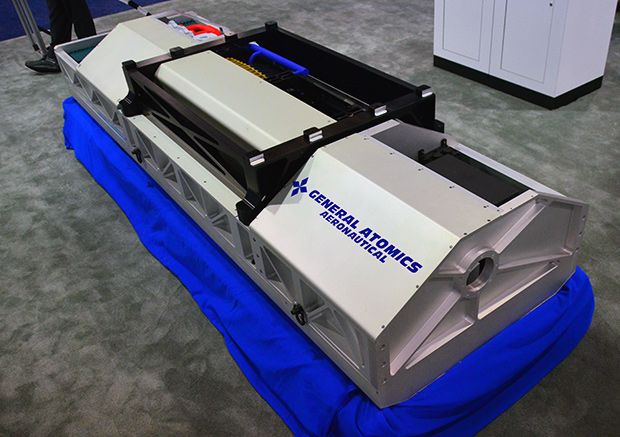In December 2014, the US Navy made a great show of their test of a laser weapon in what it called the “realistic threat environment” of the Persian Gulf.
Video from the test, made available to the press, showed the
USS Ponce firing the Laser Weapon System to burn some holes through the sides of some speedboats, causing the boats’ contents to explode. Other tests apparently shot some drone replicas out of the sky.
To an old hand in the laser research industry such as myself (as a graduate student I worked at the Avco Everett Research Laboratory in Everett, Massachusetts, a pioneer in gas dynamic lasers, and later as a member of its senior staff), the tests were underwhelming. They reminded me of an old cartoon in which someone shot an arrow at the side of a barn, then painted a bulls-eye around the spot where the arrow landed. Similarly, after years of false promises, boondoggles, and an enormous waste of taxpayer money going back to the
early years of the Reagan era, the military laser lobby came up with these tests. When they couldn’t get a laser lightweight enough to fit on a ship while still being powerful enough to burn through the metal skin of an incoming nuclear missile, they simply changed their goal to something akin to puncturing the side of an Iranian rubber dinghy.
In the
USS Ponce tests, the distance of engagement appeared to be short—less than a mile. The sides of their speedboat target were thin, and the target drone aircraft appeared to be small. So, it was possible to accomplish a so-called “successful” test with a relatively low power, in the 10 to 20 kilowatt range. In addition, the short distances meant that a low-quality beam could be used, which tipped the scales because high-quality has long been the
Achilles heel of high-power lasers.






